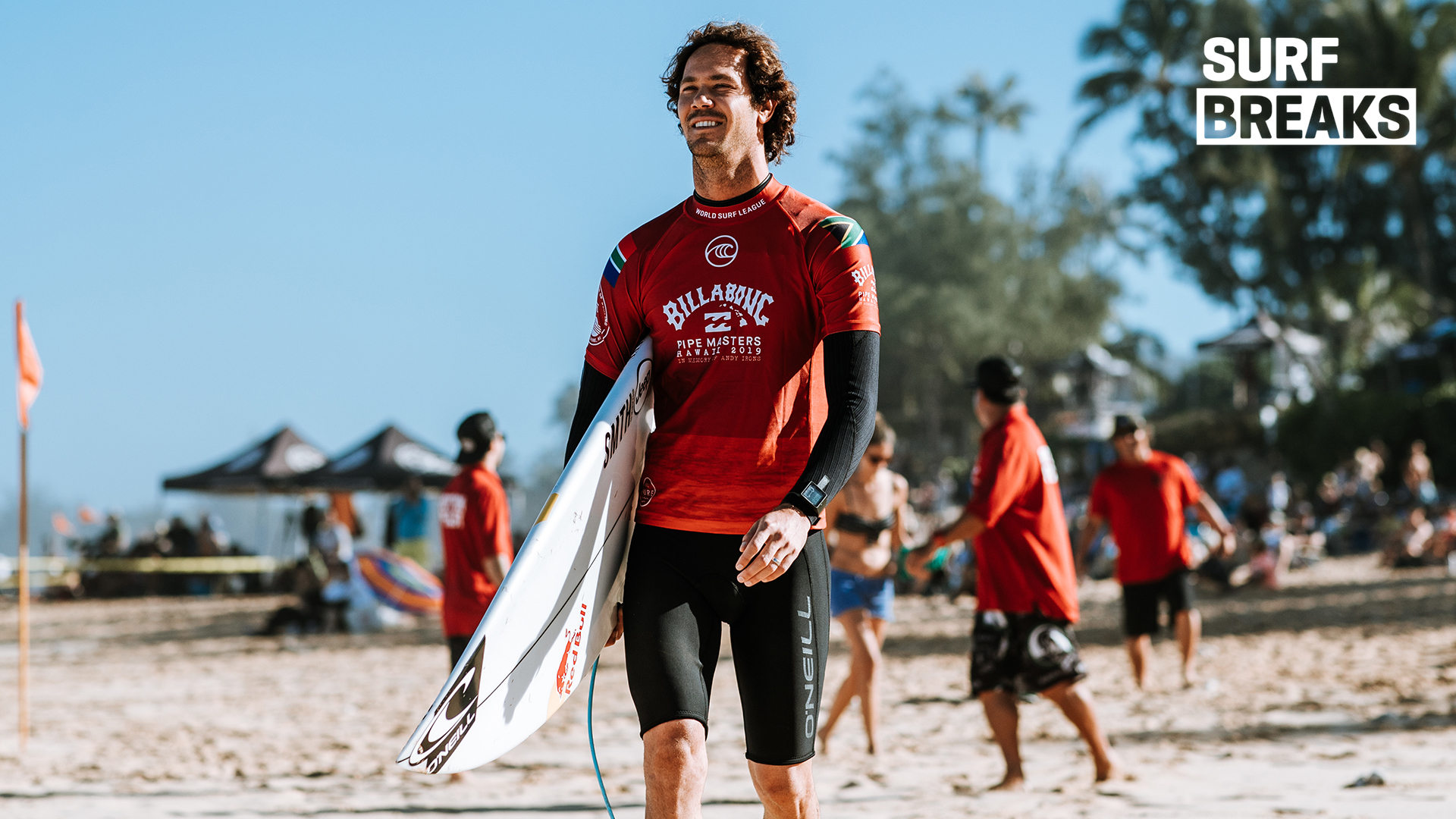



EPS foam is open-celled which means that it's highly absorbent. Pricing aside, the only real downsides to an EPS-Epoxy board lie in the time it takes to manufacture them and the increased complexity involved with repairing any damage. In the same vein, adding carbon fiber elements to the board will continue to increase the strength along with the price. As you start to swap out PU for EPS with epoxy resin, you get a stronger, lighter, and more expensive product. Generally speaking, a standard PU board is going to be the least durable, but arguably the most flexible. Other strengthening elements such as stringers and carbon fiber wraps or rods can be used to increase durability and add stiffness to desired areas of the board. These foams are shaped into what's known as a "blank" and then covered with fiberglass, polyester, epoxy resin, or some combination of those to create a hard and non-permeable surface. Most surfboards are constructed using either polyurethane (PU) or expanded polystyrene (EPS) foam.

Others might get yellow quickly but will survive a few hard knocks every once in a while. One type of board might "never" buckle but will easily get pressure dings. It's also true that specific kinds of dings are more likely to occur with certain board materials and manufacturing techniques. This being said, some types of boards are obviously more easily-damaged than others. That's why foam, thin sheets of fiberglass or epoxy, and other easily damaged materials make up the bulk of surfboard manufacturing. This is because high-performance surfing mostly requires lightweight products. It is possible to make a nearly-immortal board, but it probably wouldn't be much fun to ride. One of the most salient problems in the surfboard manufacturing industry has always involved the balance between performance and durability. Which Types of Boards Are the Most/Least Durable? This entropy inevitably leads to your boards getting chips, compressions, buckles, sun damage, and all of the other not-so-fun stuff that all quivers have to face. The entire universe tends to move toward "disorder" because order and perfection are simply unlikely occurrences. When we're talking about the types of damage your board will suffer, it all comes down to probability. And the longer you own one, the more likely it’s going to incur some damage. Surfboards aren't typically designed to be indestructible. Maybe that's paraphrasing a bit, but you get the point. Ride the Shadow your height to an inch over, in your favorite high performance dimensions.As Murphy's law states, if you ride a surfboard, it'll eventually get a ding. Added foam under the chest area helps add paddle power and gives extra float under your front foot in slower sections, meaning easy speed and flow. The thickness flow sets the Shadow apart from other HPSBs, keeping the volume more forward of center but not overly exaggerated. Tail rocker and bottom concave remain similar to the Phantom, already proven to work well in everyday conditions around the world. It has a gentle hip for added sensitivity and looseness, and the squash tail is pulled in a touch to tighten the turning radius and improve vertical surfing capability. We pulled in the nose by almost a ½ inch and added rocker through the last 12 in the nose to keep it freed up through critical turns. The Shadow features a high performance outline, the wide point at center not behind as is typical of most other HPSBs. ✪ Will help Intermediate surfers elevate their performance levels, while also bringing out the best in more advanced surfers. ✪ Great for all types of waves from beach breaks to points, reefs and even slabs. ✪ Rocker and bottom contours combine to generate speed and allow tight, powerful turning in all conditions. ✪ Modern foil/outline brings improved stability, paddle power, easy speed/flow in weaker waves. THE BEST OF THE SHADOW BY PYZEL SURFBOARDS The Shadow is designed to give all surfers the advantages of a wider, forward outlined type of board, but in a sleek, High Performance package. Knowing that the Phantom is a great board for many types of conditions, Jon decided to start with there and redesign it as a more refined, high performance board, while still keeping the added flow and glide that defines the Phantom.


 0 kommentar(er)
0 kommentar(er)
